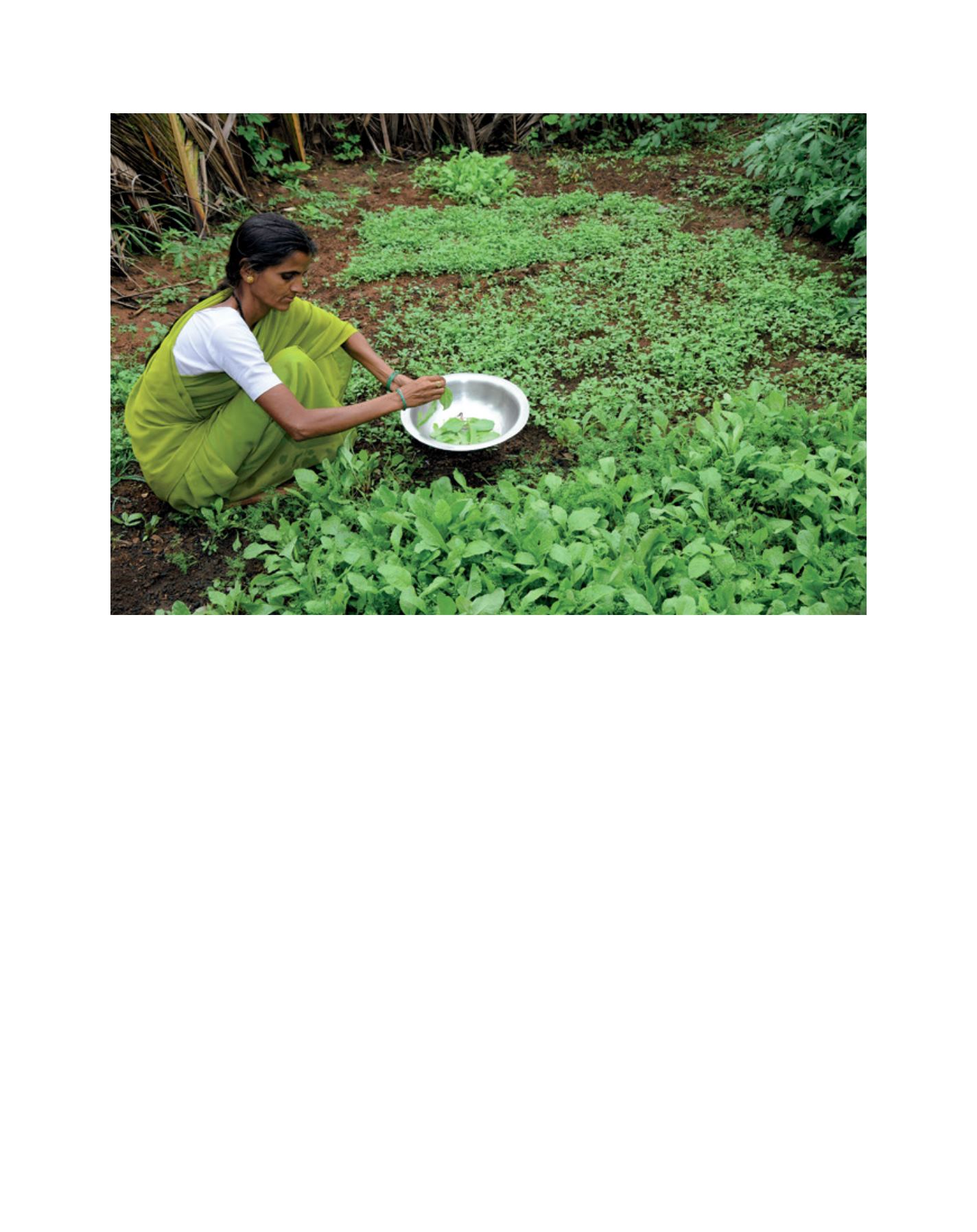

[
] 78
Fifth, the adverse effect of climate change on agriculture
and food security has been widely reported in various parts
of the world. Small family farms are generally ill-equipped
with knowledge and financial as well as human resources to
meet the challenges of climate change. Therefore, it may be
necessary to offer incentives to small family farms for safe-
guarding ecosystem services such as watershed protection,
carbon sequestration and the protection of biodiversity for
sustainable agricultural production and food security.
Sixth, access to off-farm and non-farm rural employment
opportunities is crucial for the sustainable food security and
poverty alleviation of small family farms. Given the present
agricultural terms of trade and productivity levels, farming
alone may not suffice to take them out of the poverty trap.
At least one farm youth in each family should be trained and
supported to take up not only high-value agriculture, but also
better paying employment outside agriculture. If off-farm and
non-farm enterprises are developed in the rural areas, the
benefits could easily accrue to small family farms.
Seventh, agricultural production in developing countries
is associated with various types of risks, the important
ones being variability in crop yields and incomes, due
to the erratic behaviour of weather and prices. In most
Asia-Pacific countries, the existing agricultural insurance
schemes suffer from several inadequacies and weaknesses.
These schemes should be redesigned and improved to make
them small-farmer friendly.
To conclude, there are numerous challenges and oppor-
tunities for small family farms to improve their incomes and
food security situation in developing Asia-Pacific countries.
Many of the challenges can be converted into opportuni-
ties, if there are appropriate policies to support small family
farms in an integrated manner. These include policies to:
• increase crop and livestock yields through
technological and market interventions
• improve market orientation and market access
for small farmers
• provide education and skills to farm youth for high-
tech and high-value agriculture
• organize small family farms into groups such as
producer companies and autonomous cooperatives
• improve small farmers’ access to credit
• ensure tenurial security for tenant farmers
• provide secure and effective land rights to women
• increase public and private investment in rural
infrastructure
• promote diversified rural growth through appropriate
infrastructure, technology, institution and policy support.
Small family farms in Asia-Pacific countries can help
improve agricultural productivity and food security in a
sustainable manner, provided there is an integrated policy
support to make them economically viable and ecologically
more responsible.
Women beneficiaries of micro plot distribution and land reform in West Bengal grow vegetables, ensuring food security and improving their status
Image: Landesa-India
D
eep
R
oots
















